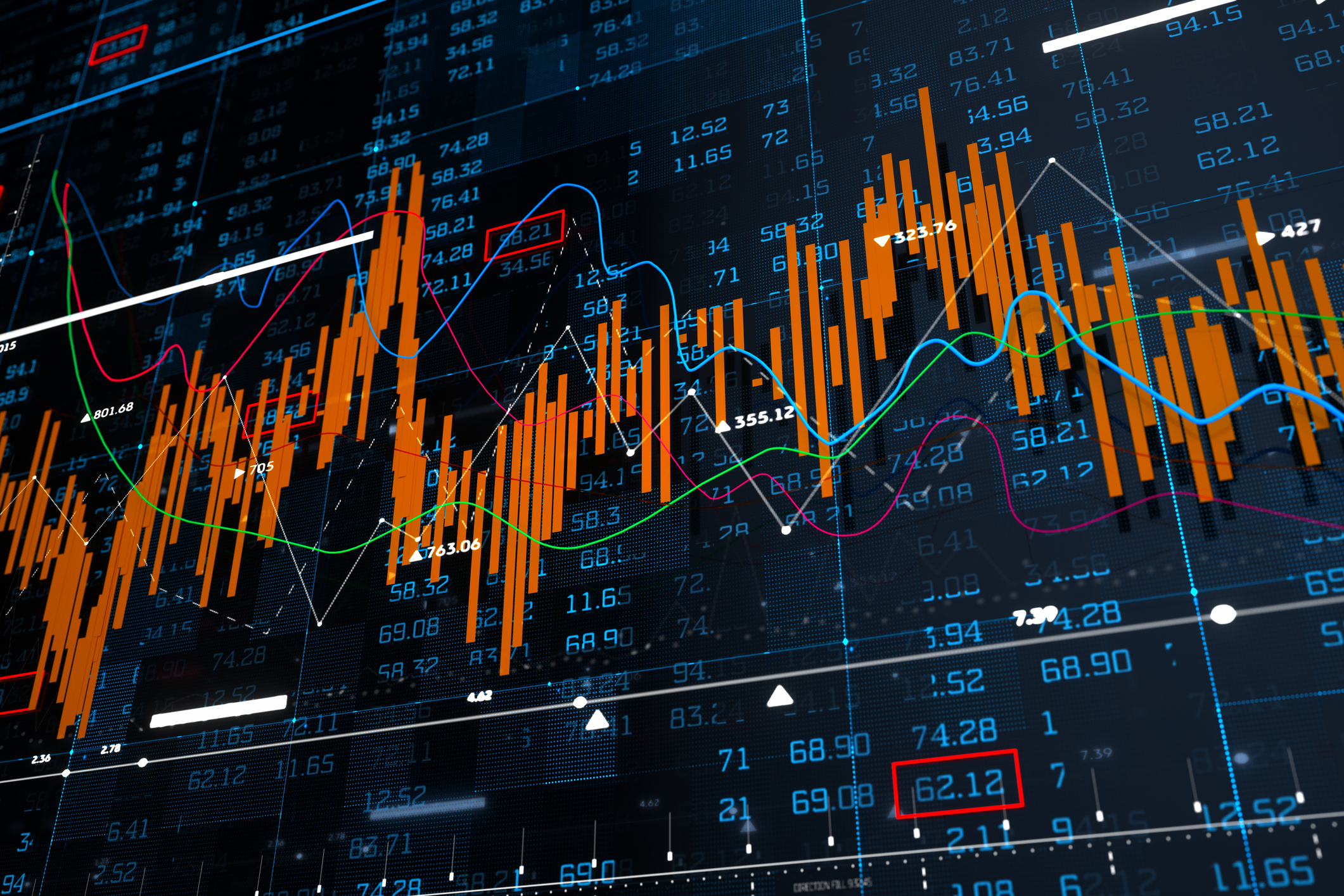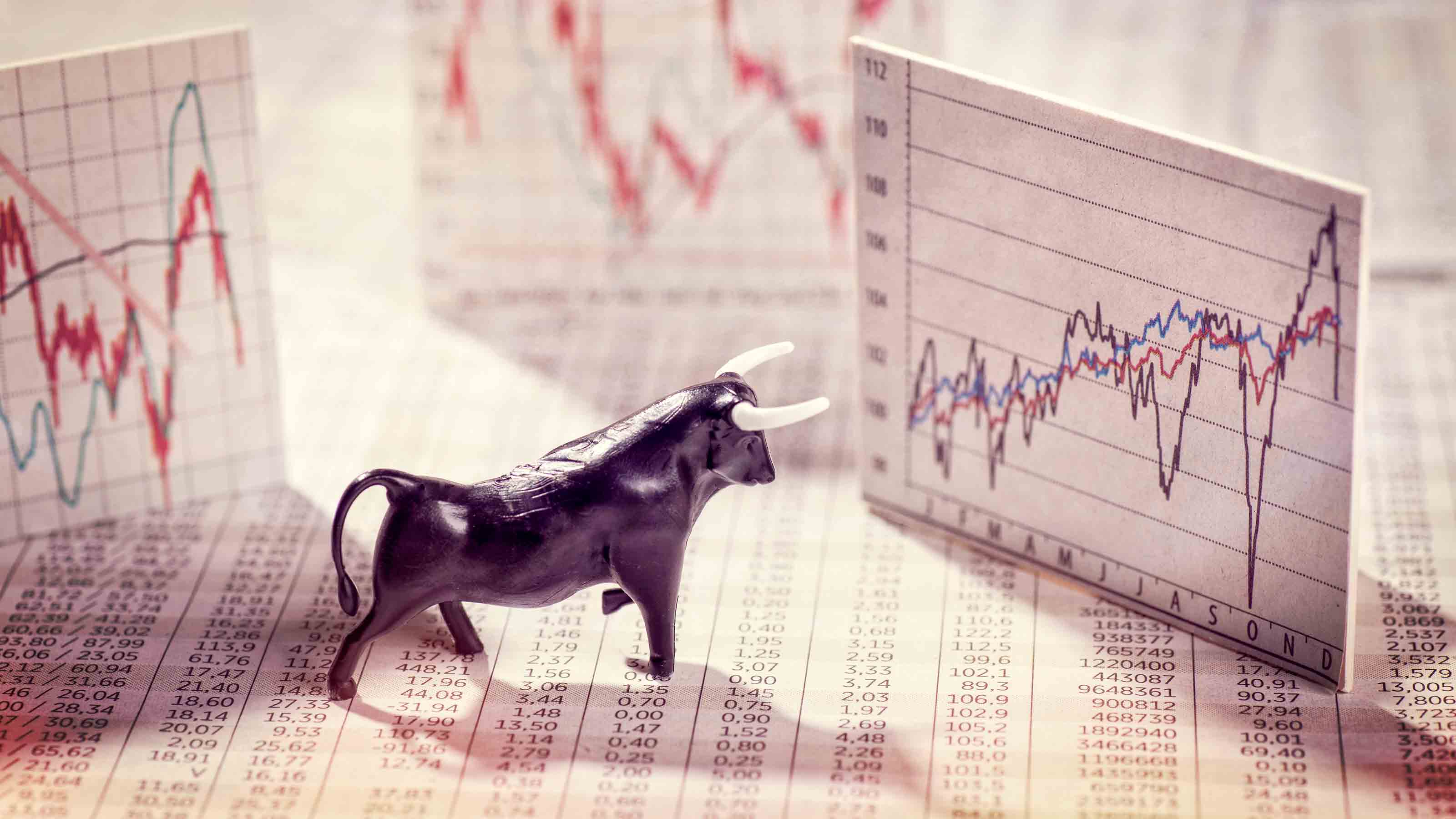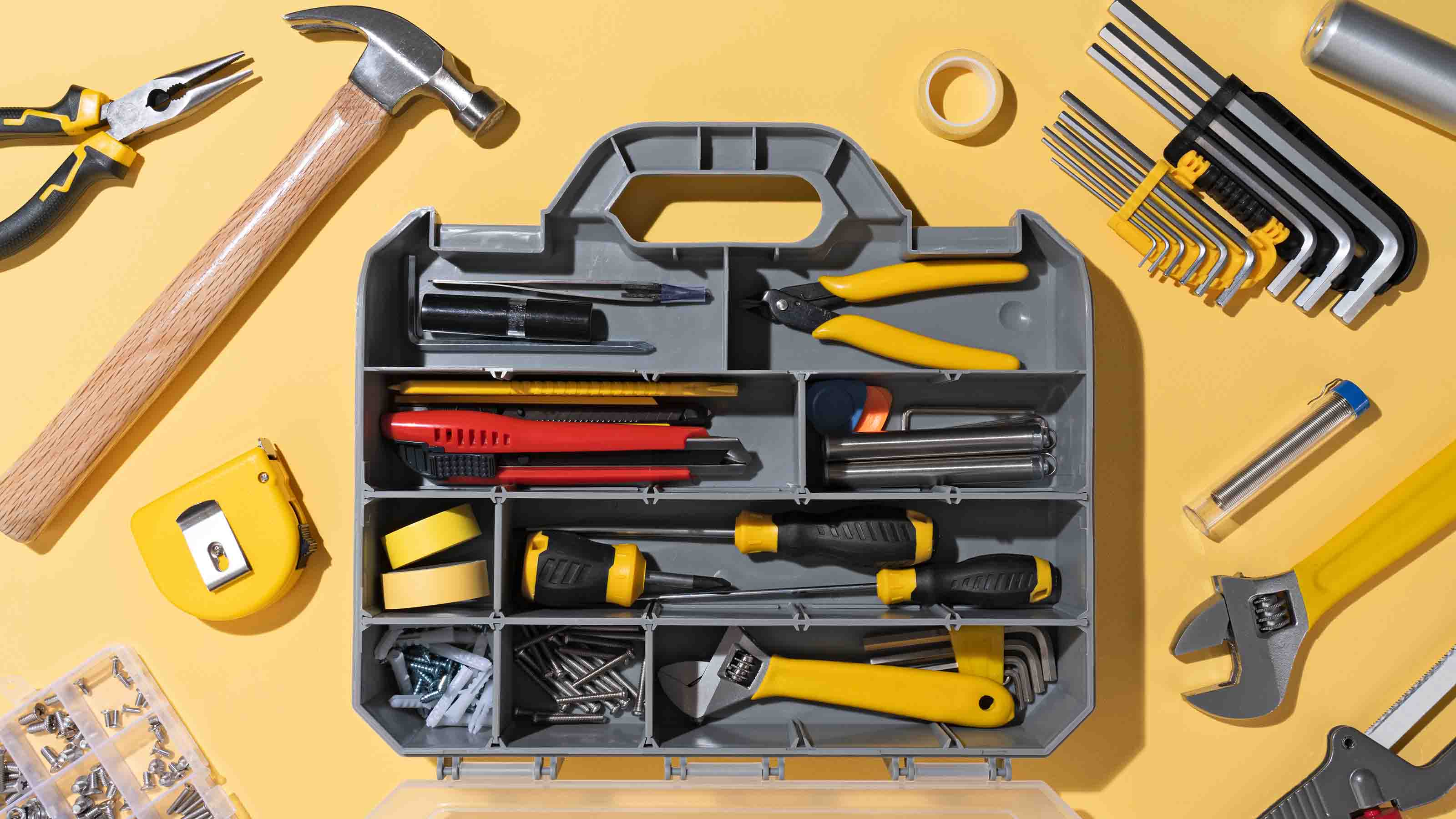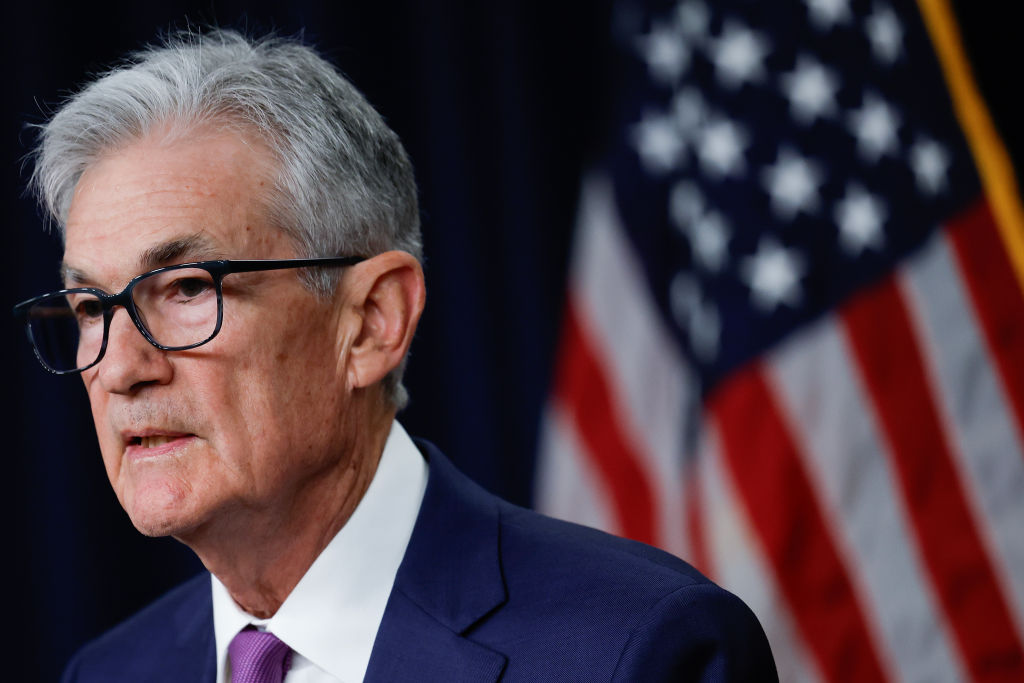The Economic Impact of the US-China Trade War
The US-China trade war will impact US consumers and business. The decoupling process could be messy.

To help you understand what is going on in the economy, politics and beyond, our highly experienced Kiplinger Letter team will keep you abreast of the latest developments and forecasts (Get a free issue of The Kiplinger Letter or subscribe). You'll get all the latest news first by subscribing, but we publish many (but not all) of our forecasts a few days afterward online. Here’s the latest...
How precisely will tariffs affect the economy? The overall impact depends on whether President Trump continues to ease the duties he initially introduced or decides to pursue his original, aggressive approach. But some specific effects are already coming into focus.
U.S. trade with China will be up-ended, since Trump has imposed far higher tariffs on Chinese imports than the 10% rate he has applied to most countries’ imports while he seeks trade deals on a country-by-country basis. Despite exemptions from the highest duties for imported electronics from China, the two countries are effectively at war when it comes to trade.

Sign up for Kiplinger’s Free E-Newsletters
Profit and prosper with the best of expert advice on investing, taxes, retirement, personal finance and more - straight to your e-mail.
Profit and prosper with the best of expert advice - straight to your e-mail.
Beijing responded to Trump with steep levies of its own on virtually all U.S. goods. China accounts for 13% of America’s imports. That’s down from 21% in 2018 but still hefty: $439 billion in imports last year.
Let’s look at how that huge sum breaks down by product type:
- $124 billion in Chinese electronics — again, temporarily exempt from the highest new U.S. duties.
- $94 billion in machinery and instruments.
- $37 billion in clothing.
- $30 billion in toys.
- Plus $19 billion in plastic products.
- $19 billion in furniture and home furnishings.
- $16 billion in base and fabricated metals.
- Another $100 billion in miscellaneous goods.
Consumers will see many low-cost Chinese goods disappear from shelves, since many have thin profit margins and can’t be imported profitably anymore.
Multinational companies will need time to move production out of China when it comes to consumer goods that are no longer viable to export to the U.S. For instance, one city in China produces a third of the global production of socks. Moving production of low-cost goods back to the U.S. seems unlikely, despite the administration’s reshoring goals — U.S. wages are prohibitively high for that sort of low-skill labor. Manufacturing jobs here are high-wage and high-skill.
The U.S. industries most dependent on imports, from China and elsewhere: Petroleum, chemicals, autos, electronics, machinery, metals, electric gear, aviation and appliances. Each imports at least 20% of the parts and materials that they need to make their products.
About 10% of building materials are imported, though the figure is higher for home appliances, lighting, HVAC and plumbing materials.
China’s retaliation will especially target two U.S. sectors: Farming and tech.
Beijing is curtailing all exports of certain rare earth minerals, which are key to high-tech sectors like semiconductors, aviation, robotics, defense and telecom.
Chinese tariffs figure to cost American farmers access to a massive market. Farm goods comprise 8% of America’s total exports, and China’s leaders understand how politically sensitive U.S. presidents are to pain inflicted on the farm economy.
This forecast first appeared in The Kiplinger Letter, which has been running since 1923 and is a collection of concise weekly forecasts on business and economic trends, as well as what to expect from Washington, to help you understand what’s coming up to make the most of your investments and your money. Subscribe to The Kiplinger Letter.
Related content
- What’s Happening With Trump Tariffs? News, Updates and Analysis
- Trump Dials Back Most Tariffs but Targets China
- Trump's Sweeping New Tariffs Rattle Wall Street, Main Street
- Kiplinger Trade Outlook
- Kiplinger GDP Outlook
Profit and prosper with the best of Kiplinger's advice on investing, taxes, retirement, personal finance and much more. Delivered daily. Enter your email in the box and click Sign Me Up.

David is both staff economist and reporter for The Kiplinger Letter, overseeing Kiplinger forecasts for the U.S. and world economies. Previously, he was senior principal economist in the Center for Forecasting and Modeling at IHS/GlobalInsight, and an economist in the Chief Economist's Office of the U.S. Department of Commerce. David has co-written weekly reports on economic conditions since 1992, and has forecasted GDP and its components since 1995, beating the Blue Chip Indicators forecasts two-thirds of the time. David is a Certified Business Economist as recognized by the National Association for Business Economics. He has two master's degrees and is ABD in economics from the University of North Carolina at Chapel Hill.
-
 Cord Cutting Could Help You Save Over $10,000 in 10 Years
Cord Cutting Could Help You Save Over $10,000 in 10 YearsHow cutting the cord can save you money and how those savings can grow over time.
-
 The '8-Year Rule of Social Security' — A Retirement Rule
The '8-Year Rule of Social Security' — A Retirement RuleThe '8-Year Rule of Social Security' holds that it's best to be like Ike — Eisenhower, that is. The five-star General knew a thing or two about good timing.
-
 Why Investing Abroad Could Pay Off
Why Investing Abroad Could Pay OffCountries overseas are stimulating their economies, and their stocks are compelling bargains.
-
 Stock Market Today: Stocks Swing as Trump Scraps Canada Trade Talks
Stock Market Today: Stocks Swing as Trump Scraps Canada Trade TalksDespite a mid-afternoon slip, the S&P 500 and Nasdaq ended the day at new record highs.
-
 The Bull Case for the Second Half of 2025
The Bull Case for the Second Half of 2025This strategist sees a volatile market segueing to a strong close this year.
-
 What to Do and What Not to Do When Markets Get Turbulent
What to Do and What Not to Do When Markets Get TurbulentFollow these tips and strategies to help you navigate investing turbulence.
-
 Where to Invest in the Back Half of 2025
Where to Invest in the Back Half of 2025The crystal ball has gone dark on Wall Street. Flexibility and diversification will be key in the second half of 2025.
-
 Blue Collar Workers Add AI to Their Toolboxes
Blue Collar Workers Add AI to Their ToolboxesThe Kiplinger Letter AI can’t fix a leak or install lighting, but more and more tradespeople are adopting artificial intelligence for back-office work and other tasks.
-
 Who Will Replace Jerome Powell as Fed Chair?
Who Will Replace Jerome Powell as Fed Chair?Buzz is building that President Trump could announce Fed Chair Powell's replacement sooner rather than later, even though his term doesn't end until next year.
-
 Trump Tariffs Make 2025 Father’s Day Gifts Pricier: What to Know
Trump Tariffs Make 2025 Father’s Day Gifts Pricier: What to KnowTariffs Popular Father’s Day gift ideas like grills, clothing, and fishing gear are facing price hikes this year. Here's what to know before you shop.